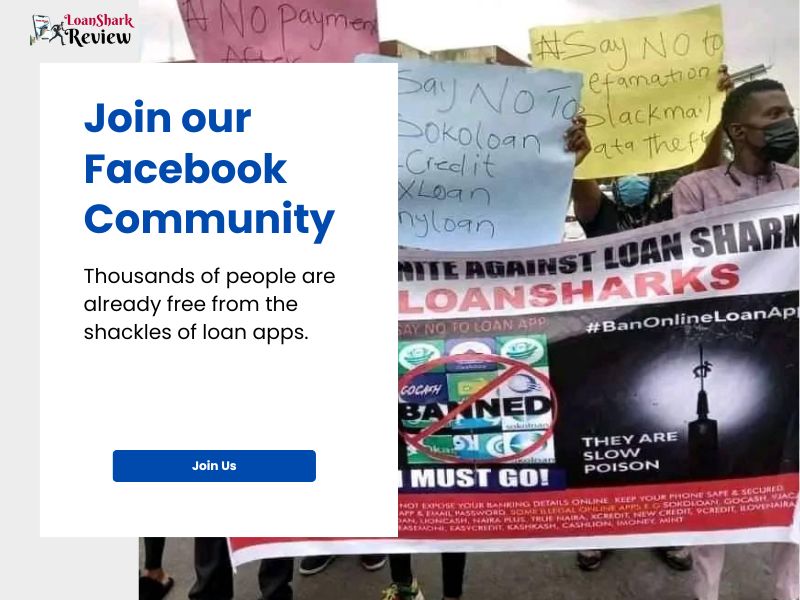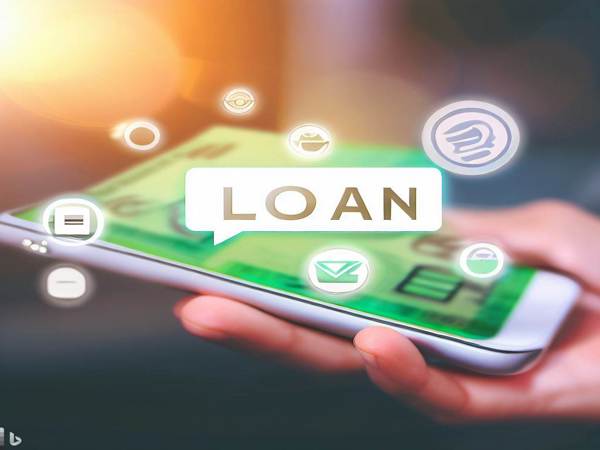Introduction
Access to quality healthcare is a fundamental human right, yet millions of people worldwide still lack adequate medical services. In this article, we explore innovative solutions to address this critical issue. By leveraging technology, policy changes, and community engagement, we can bridge the gap and ensure equitable healthcare for all.
1. Telemedicine and Virtual Clinics
Telemedicine allows patients to consult with healthcare professionals remotely. Virtual clinics provide real-time video consultations, prescriptions, and follow-up care. These platforms enhance access, especially in rural or underserved areas.
2. Mobile Health (mHealth) Apps
mHealth apps empower users to monitor their health, access medical information, and receive personalized advice. These apps can track vital signs, remind patients of medication schedules, and provide health education.
3. Community Health Workers
Trained community health workers play a crucial role in reaching remote populations. They provide basic healthcare services, health education, and referrals to higher-level facilities.
4. Health Drones
Drones can deliver medical supplies, vaccines, and blood samples to remote areas quickly. They bypass infrastructure challenges and save lives during emergencies.
5. Blockchain for Health Records
Blockchain technology ensures secure, decentralized health records. Patients can access their medical history, share it with providers, and maintain continuity of care.
6. Point-of-Care Diagnostics
Portable diagnostic devices allow rapid testing for diseases like malaria, HIV, and diabetes. Early detection improves treatment outcomes.
7. Health Financing Innovations
Microinsurance, health savings accounts, and community-based financing models make healthcare affordable. These approaches reduce financial barriers.
8. E-Pharmacies
Online pharmacies provide convenient access to medications. They also offer drug information and home delivery services.
9. Health Information Systems
Robust data systems enable better resource allocation, disease surveillance, and evidence-based policymaking.
10. Public-Private Partnerships
Collaboration between governments, NGOs, and private companies can improve infrastructure, training, and service delivery.
11. Wearable Health Devices
Wearable devices track vital signs, physical activity, and sleep patterns. They empower individuals to manage their health proactively.
12. Health Education Campaigns
Community awareness programs promote preventive measures, hygiene, and healthy lifestyles. Education empowers individuals to take charge of their well-being.
Conclusion
By embracing these innovative solutions, we can transform healthcare access globally. Let’s work together to ensure that no one is left behind, regardless of their location or socioeconomic status.
Remember, a healthier world benefits us all! ??


.jpg)





.webp)






(0) Comment(s)
Write a comment